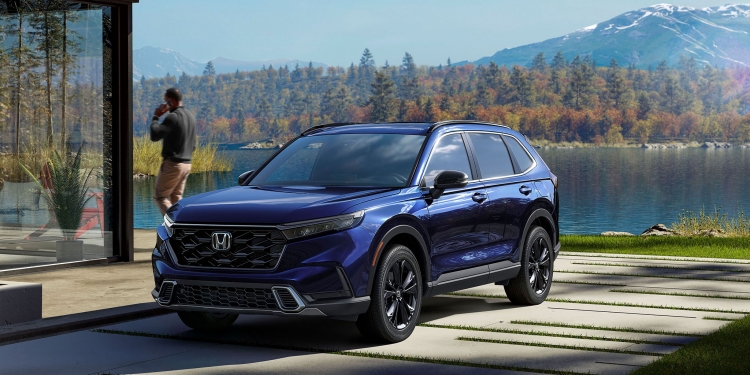Honda has pulled the covers off the new CR-V, which is sure to become a popular sight on our roads over the coming years. The sixth-generation family SUV hides several new technologies and a more advanced powertrain underneath its revised but still familiar skin.
The biggest news is the more powerful hybrid variant that, in the US at least, is expected to represent 50% of sales. As before, the system is led by an electric motor that does most of the legwork in powering the car, but it’s now larger and provides more torque.
A 2.0-litre direct-injected petrol engine functions as a generator to produce the electricity; it can also be connected to the wheels to drive the car at higher speeds (where it is most efficient), contributing to a total system output of 204 hp and 335 Nm. These figures are 3 hp and 20 Nm up from before, Honda says, although the outgoing model was actually claimed to produce 212 hp.
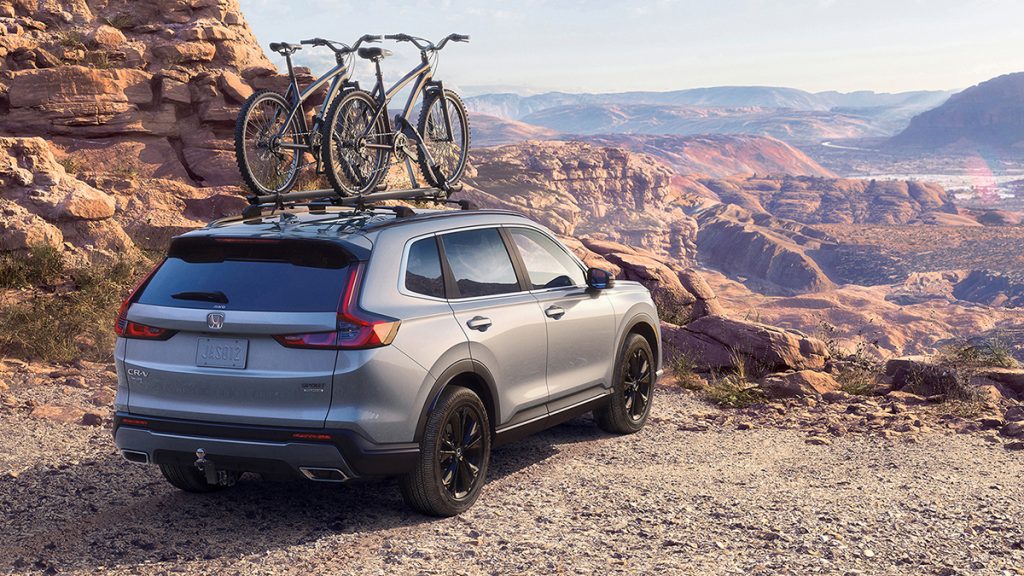
The CR-V will also be offered with the familiar 1.5-litre VTEC Turbo engine that churns out 190 hp and 243 Nm. The mill benefits from a revised turbocharger and redesigned exhaust ports to broaden the power and torque curves, and it’s also quieter to boot. It’s mated to a CVT and drives the front wheels, with all-wheel drive available as an option.
Riding on Honda’s revised global platform, the CR-V boasts a longer wheelbase and wider tracks to improve stability, along with a more rigid body shell. The company also says the car not only offers better handling but also a more comfortable ride, thanks to steering and suspension upgrades that work in concert with the stiffer subframes.
On the outside, the new model ditches the previous car’s massive front grille bar for a bigger mesh opening, but beyond that, the prominent shoulder crease and the large rear number plate recess, this is still recognisably a CR-V – especially with those trademark L-shaped taillights. Hybrid models get a sportier front bumper and visible twin exhausts.
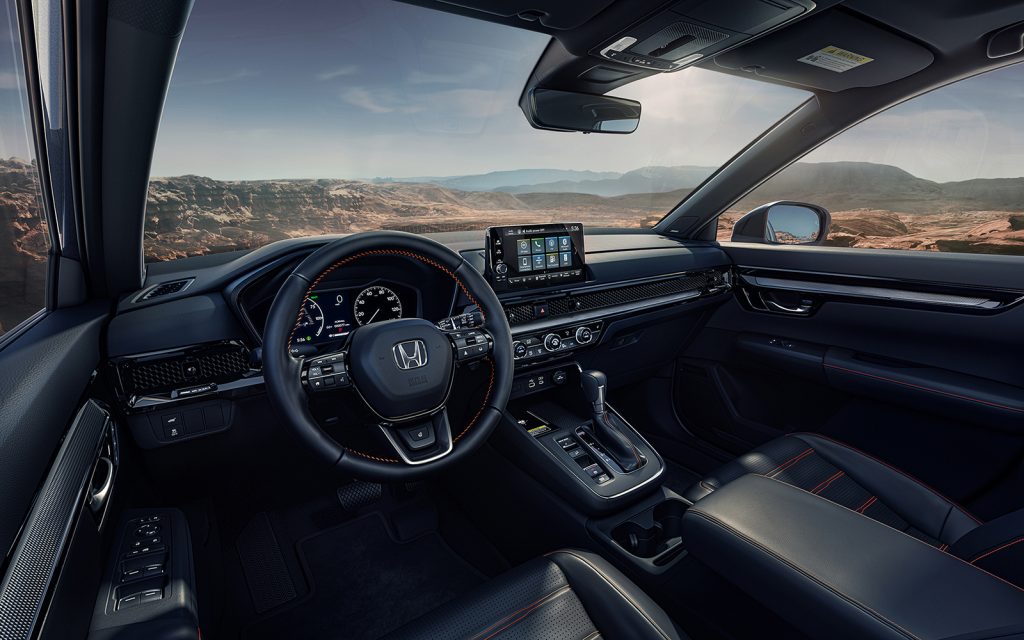
Inside, the CR-V is very similar to the Civic, right down to the full-width mesh-covered air-con vents. It also shares that car’s optional nine-inch touchscreen, 10.2-inch digital instrument display, wireless Apple CarPlay and Android Auto connectivity, Qi wireless charger and 12-speaker Bose sound system. Hopefully Honda Malaysia will include all these toys instead of leaving them out as it did with the Civic here.
Most people buy the CR-V for its practicality, so the latest version offers a roomier cabin, with more space between the front passengers and a greater amount of rear legroom. The wider centre console also provides space for two phones side by side, along with what is said to be the largest armrest storage compartment in its class with nine litres of space. The rear seats also now offer eight levels of recline.
The CR-V is also claimed to offer more boot space than ever before, at 1,028 litres. For the first time, this figure is the same for both petrol and hybrid variants, although the former gets a dual-level boot floor that boosts luggage capacity to 1,113 litres. Fold the 60/40 split rear seats and you get a massive 2,166 litres, perfect for your next IKEA haul.
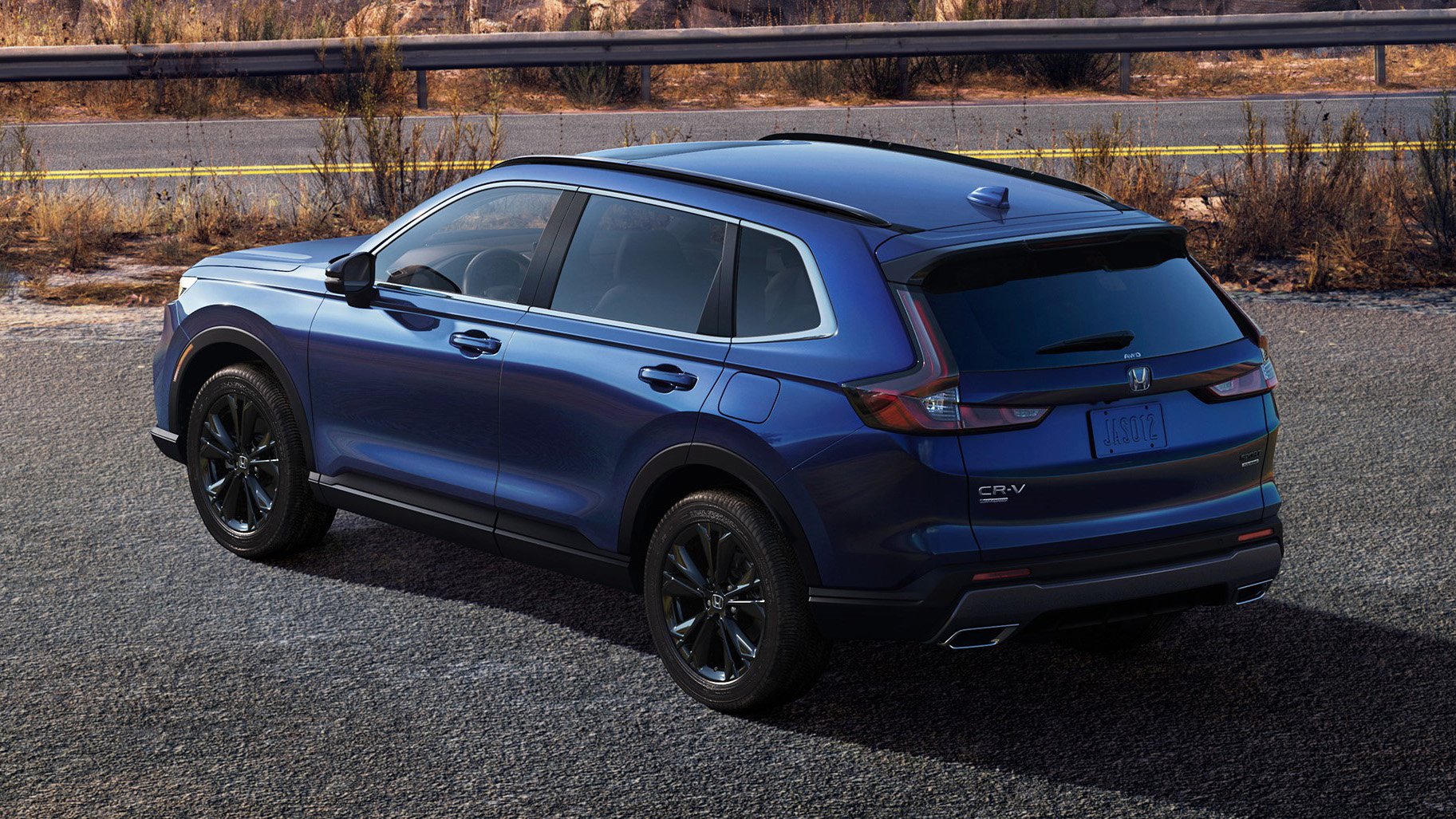
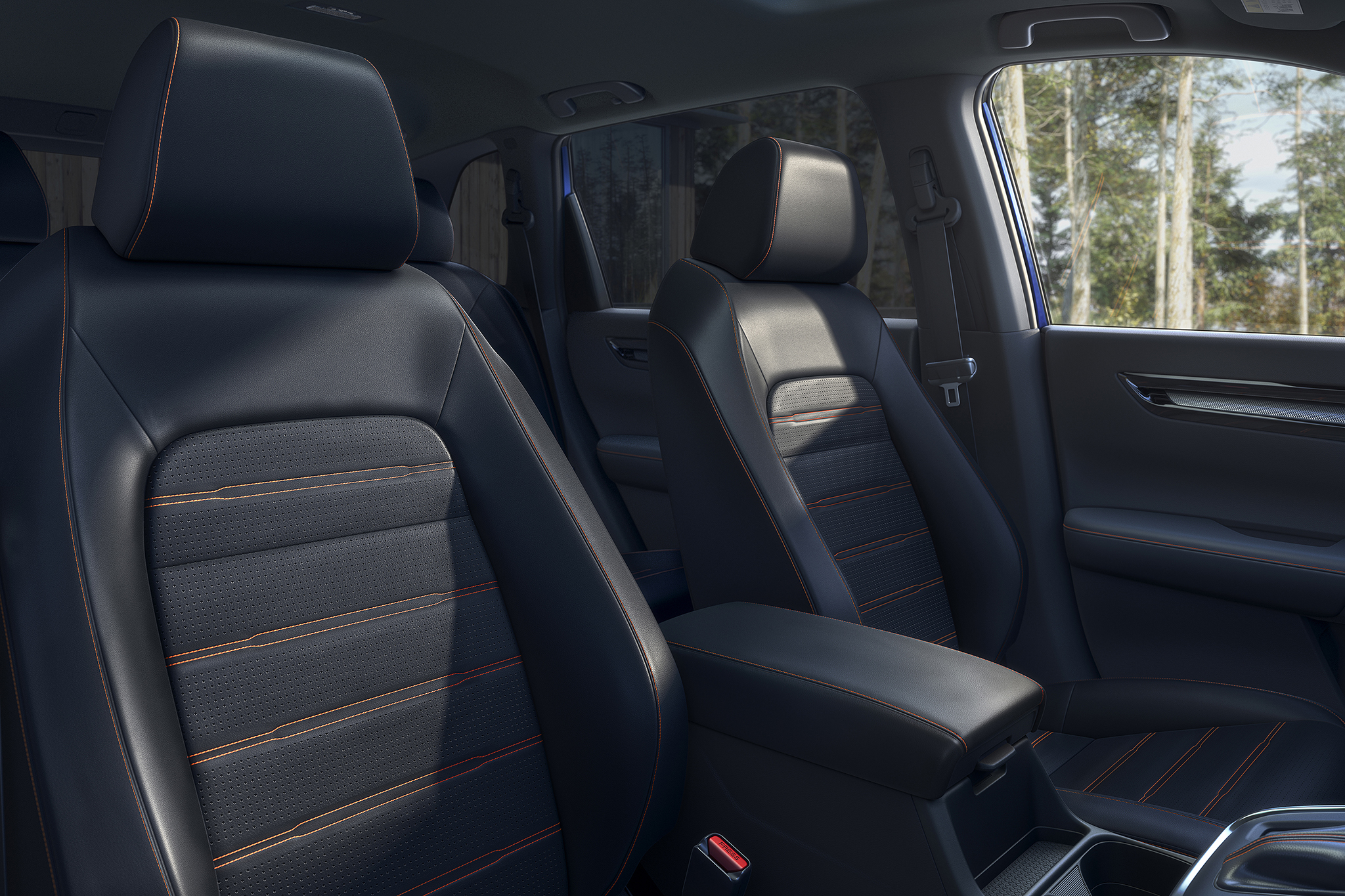
Safety-wise, the CR-V can be had with a full suite of Honda Sensing driver assistance systems, including Traffic Jam Assist (TJA) that provides Level 2 semi-autonomous driving functionality at lower speeds. This system was actually first seen on the latest Civic in the US but is not offered here. Nine airbags are also fitted as standard, three more than previously.
The CR-V is a popular car in Malaysia, so this sixth-generation model is a shoo-in for our market, although it will likely only arrive next year at the earliest. Given Honda Malaysia’s recent hybrid push, we can expect the petrol-electric model to be offered alongside the usual VTEC Turbo variant.

